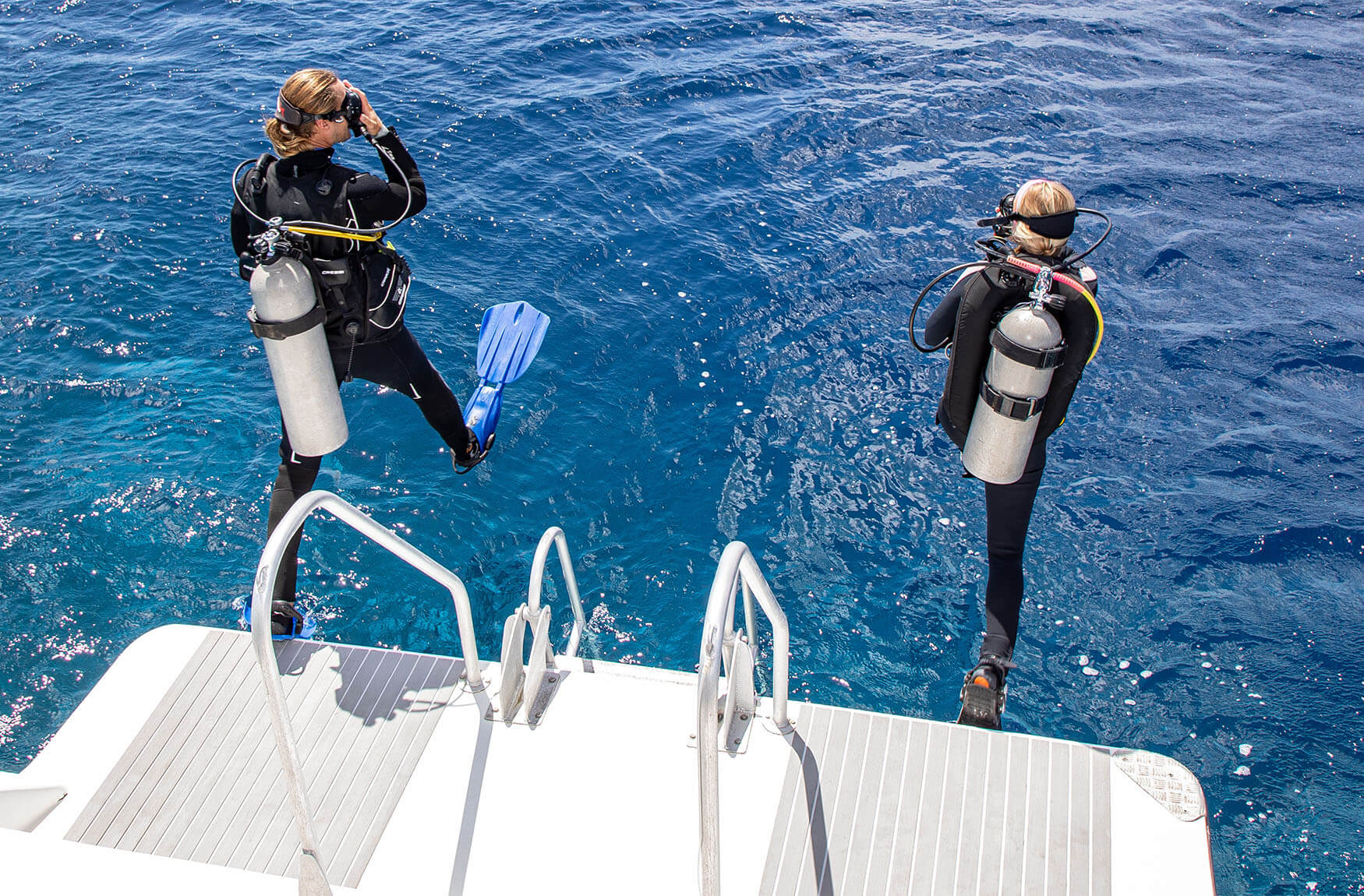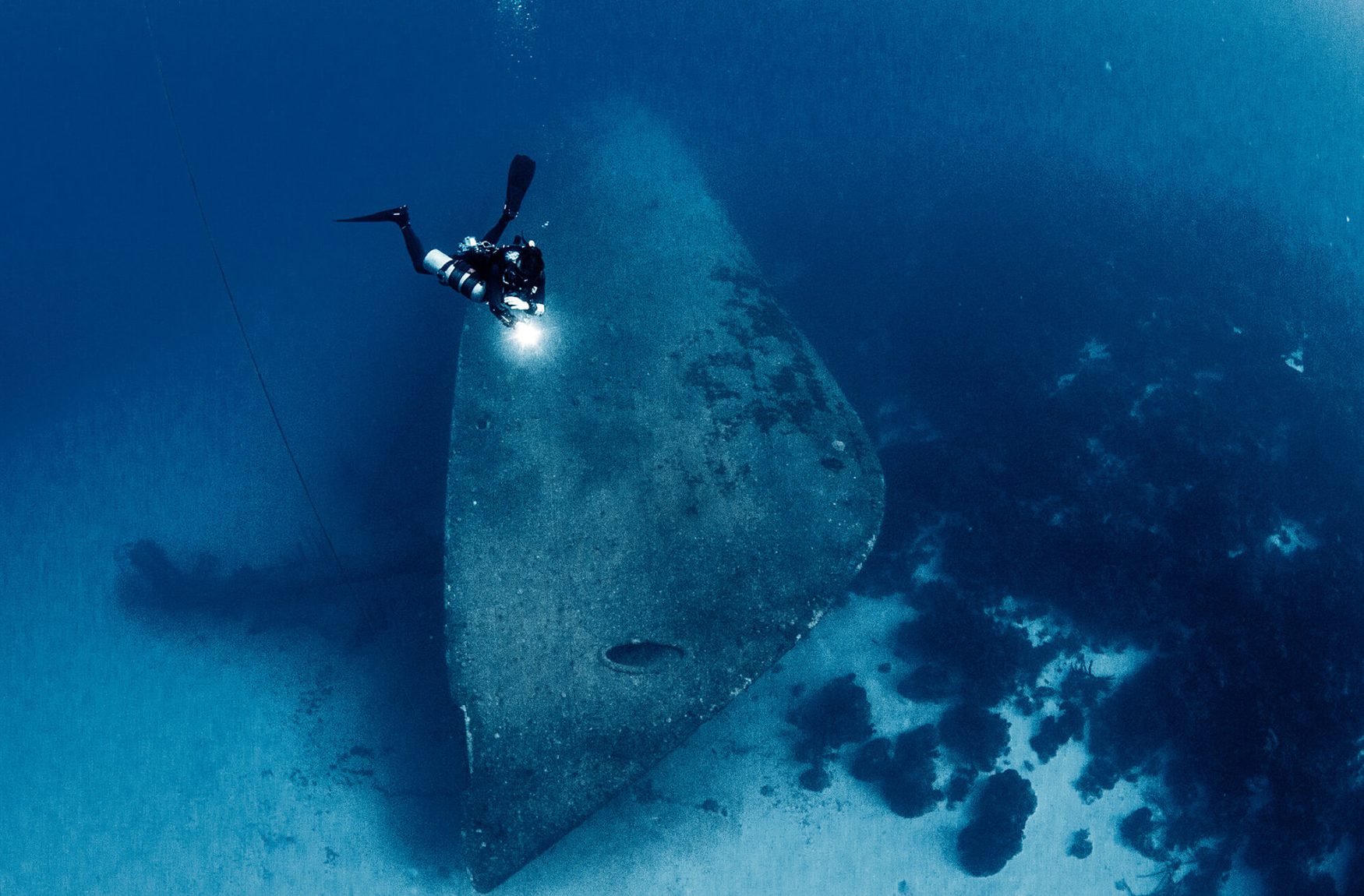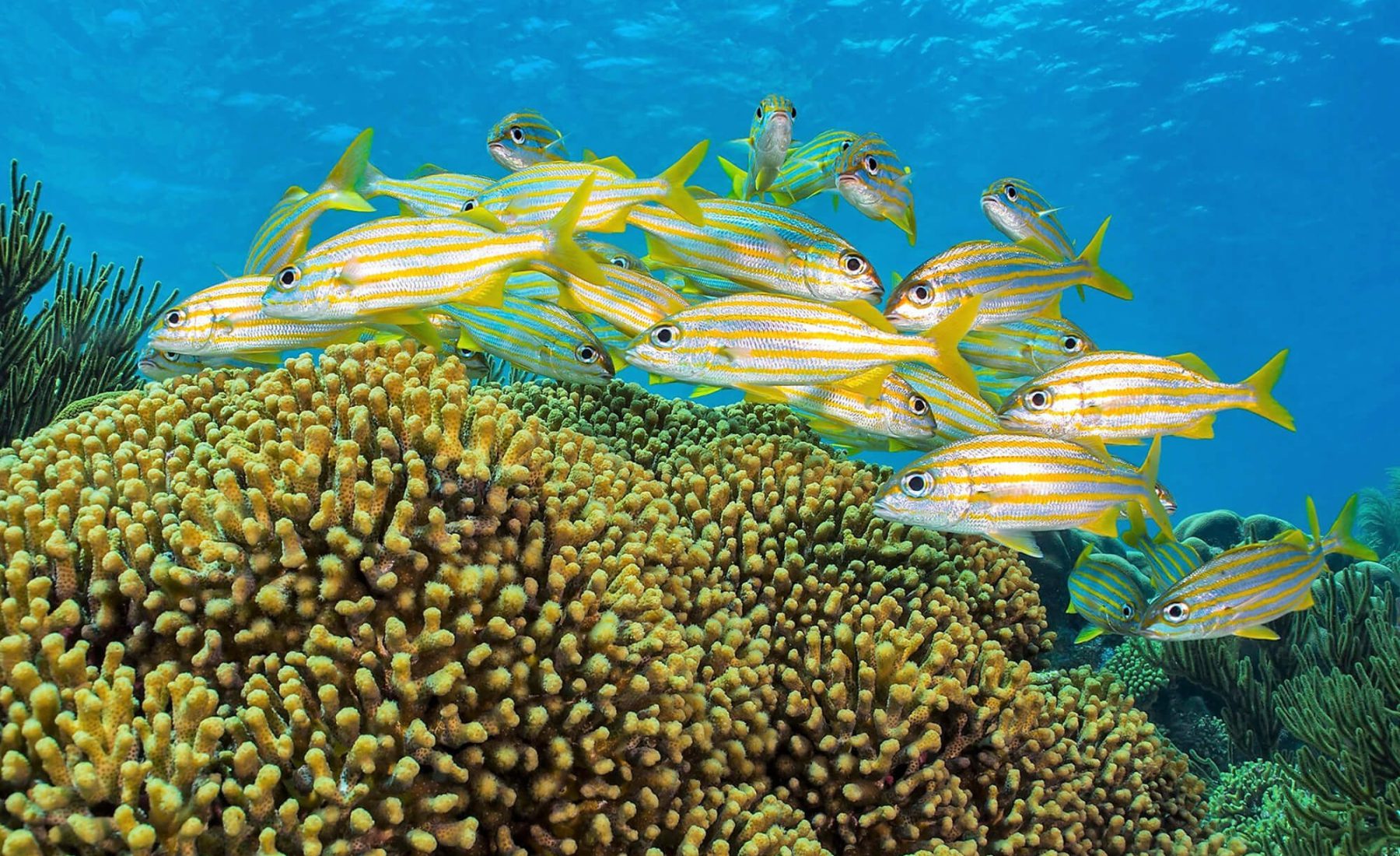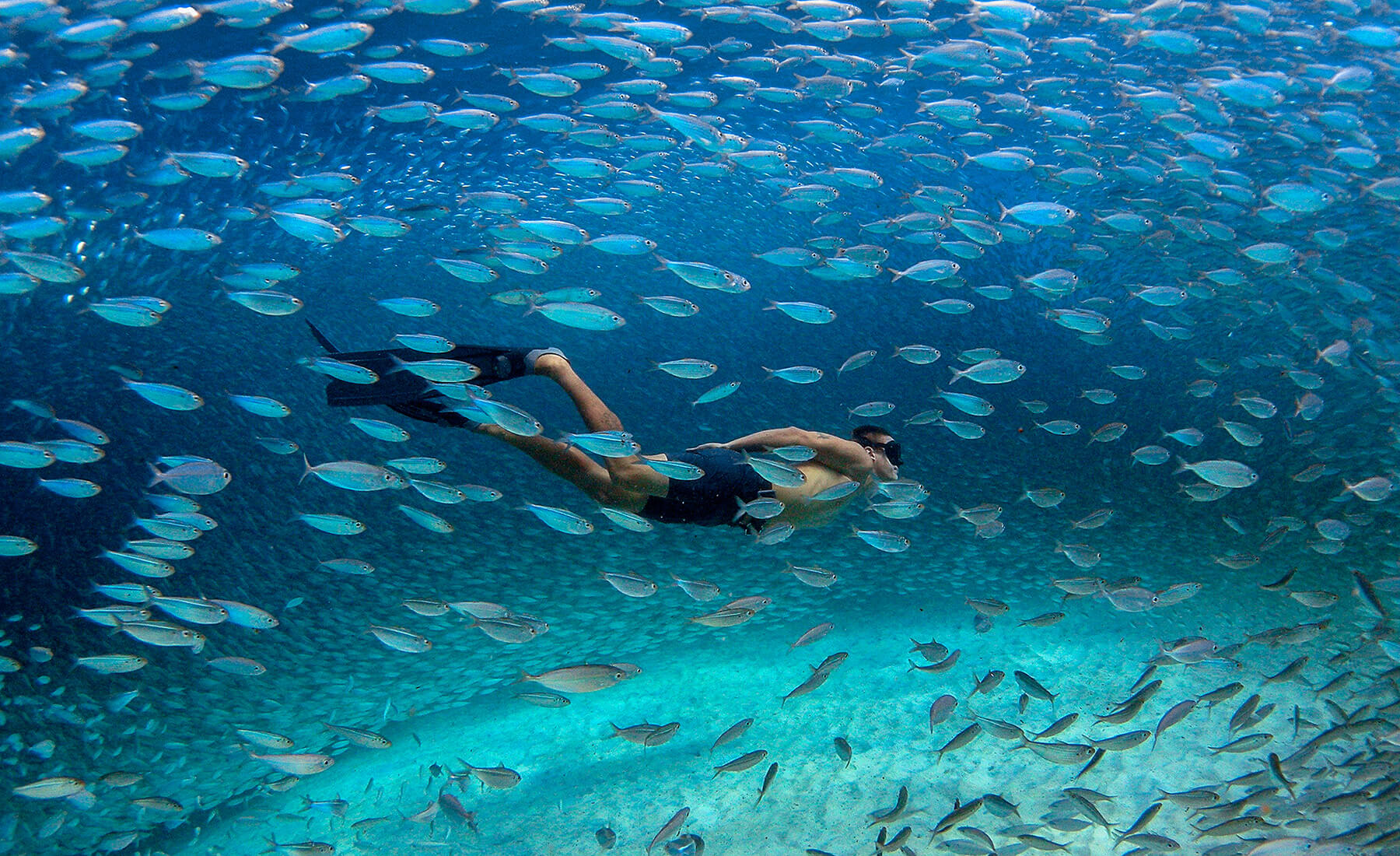Diving
The Bonaire National Marine Park
Leading The World
Marine Conservation
Even before the Bonaire Marine Park was established, Bonaire’s far-sighted conservationists began enacting legislation that would become a model for others.

Exploring the Bonaire National Marine Park
Bonaire scuba divers, snorkelers, surfers, swimmers and all other watersports using the park must pay a $40 Marine Park fee, allowing you access for one calendar year.
The maintenance of public moorings, staffing of rangers and ongoing research are dependent on the collection of these fees. The Park is managed by STINAPA, a non-governmental, non-profit organization of dedicated professionals that also oversee the operation and management of Washington-Slagbaai National Park, Lac Bay and the Barcadera cave system.
Learn more about STINAPA and paying your Marine Park fee.
Visit Site

More Than 85 Dive Sites
With the reef so close to shore, you can explore the majority of sites without ever boarding a boat. But it also makes for quick and easy boat trips along Bonaire’s coastline. In total, the island has 86 recognized dive sites for you to enjoy.
Yellow marker stones along the leeward coast road are painted with each dive site’s name. You can park and gear up just steps from the entry point.
Boat diving on Bonaire is easy and rewarding, especially if you’re heading to Klein Bonaire. This small, uninhabited island, located one-half mile off the leeward coast, is ringed with 26 spectacular dive sites that never suffer from silt or runoff.
Bonaire has several wrecks of all sizes, including the island’s infamous freighter, the Hilma Hooker, at a depth of 100 feet.
You’ll also find sensational diving on the windward East Coast. Diving here requires the skilled supervision of select divemasters, offering guided shore dives or specialized boat trips. Bonaire’s east coast is known for more challenging conditions with an abundance of marine life.

An Island Surrounded By Coral
Less than 30 yards offshore and virtually encircling the island, Bonaire’s reef features all types of hard corals and gorgonians.
In the shallows you’ll find staghorn, elkhorn or brain corals. The drop-off zone usually starts at a depth of about 30 feet and has an abundance of mountainous coral in huge structures of mounds and pillars, sloping downward and marked with sponges and soft corals. Descending down the reef slope, you’ll find leaf or scroll corals with fine stands of black coral.
This continuous coral reef follows the coastline, with some unusual buttress, spur and groove and double reef formations as well as several small vertical walls in various locations around Bonaire and Klein Bonaire.
According to the Reef Environmental Education Foundation, Bonaire’s dense and healthy coral formations are home to one of the most biologically diverse marine life populations in the world.


Book Your Bonaire Diving
Just need diving? Price and book your diving and other vacation needs here.
Get Started